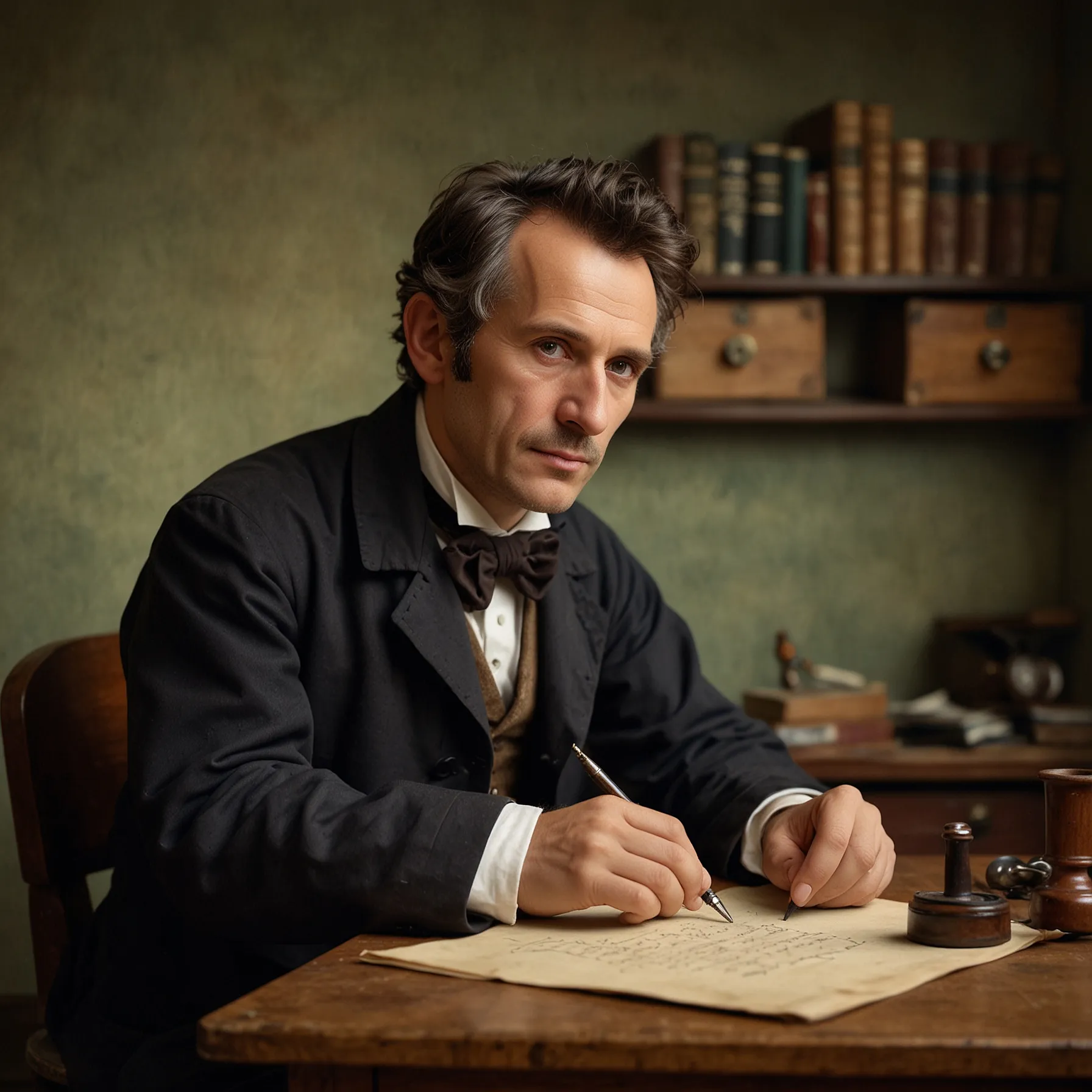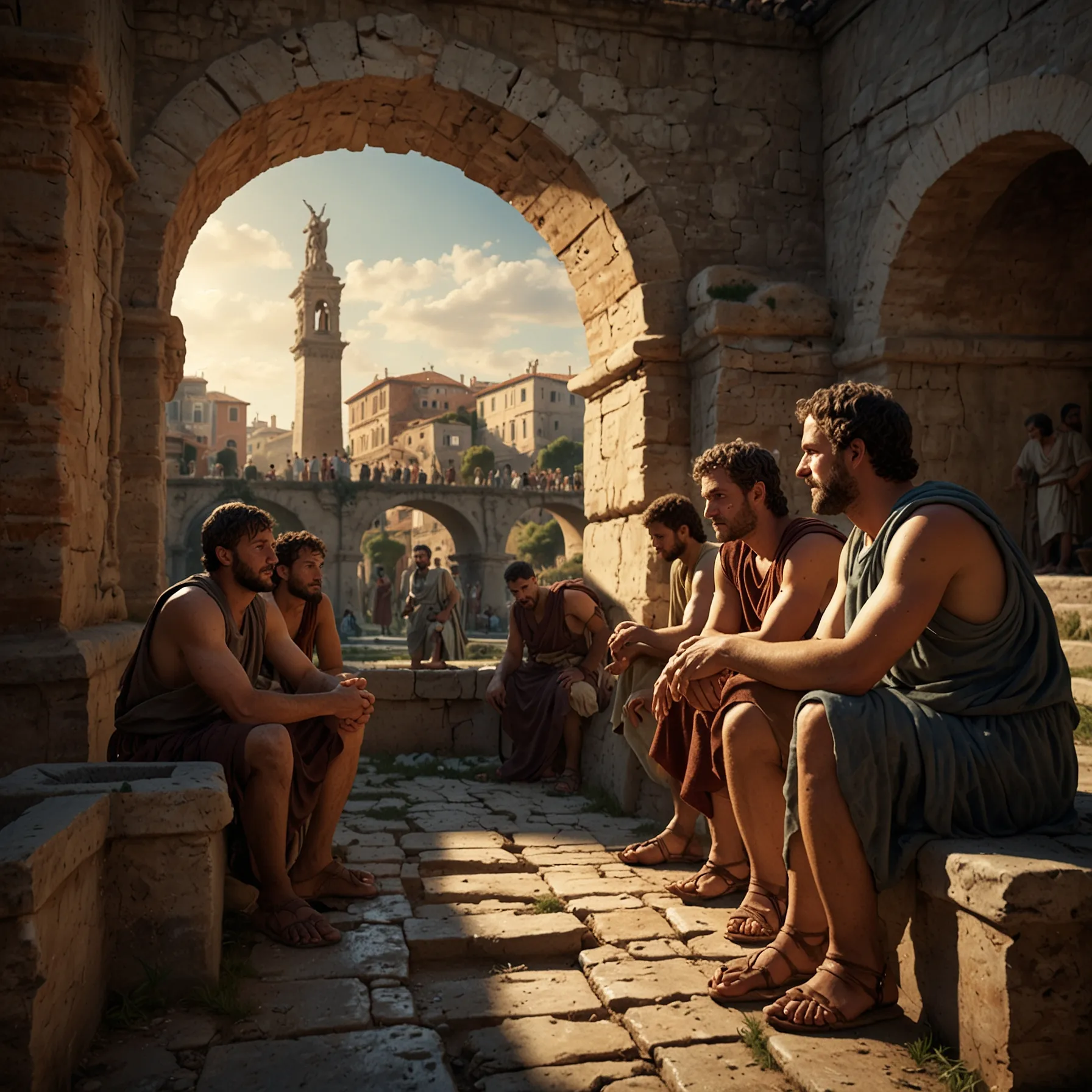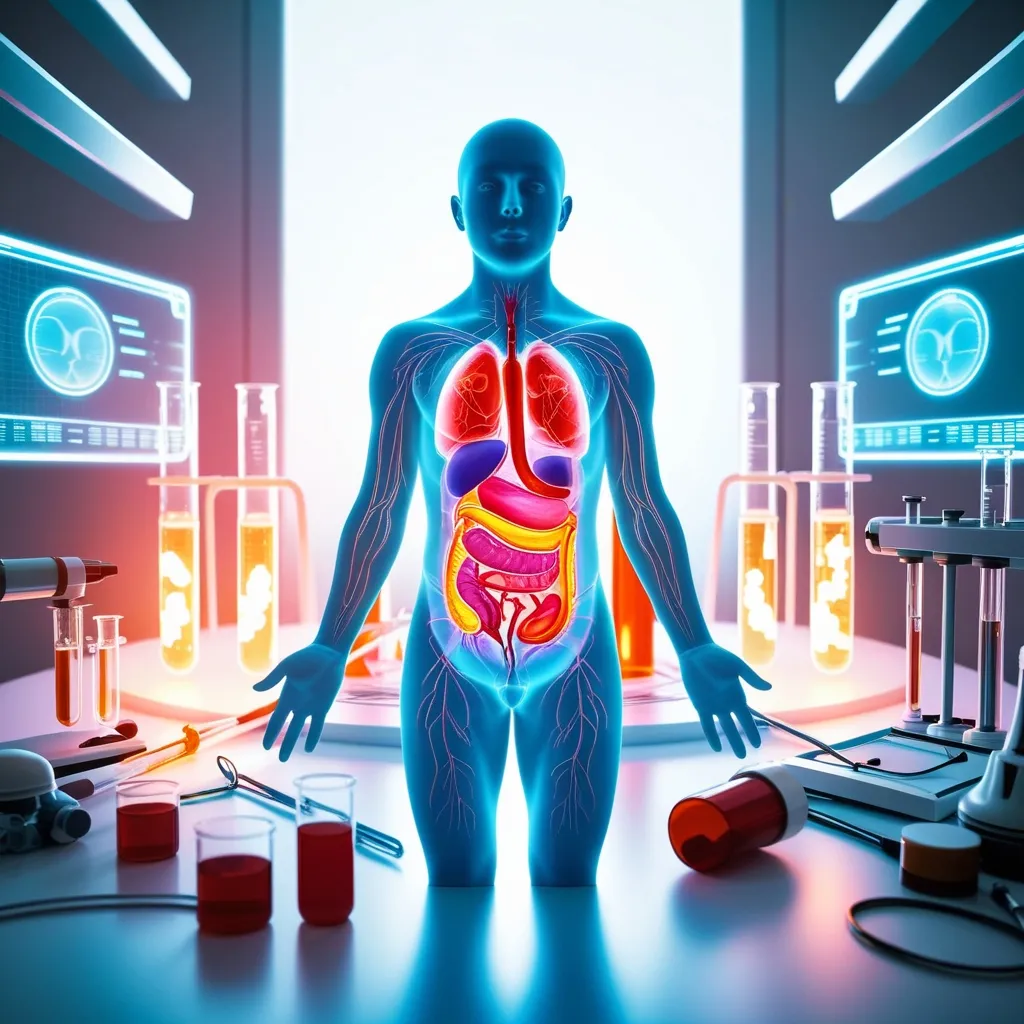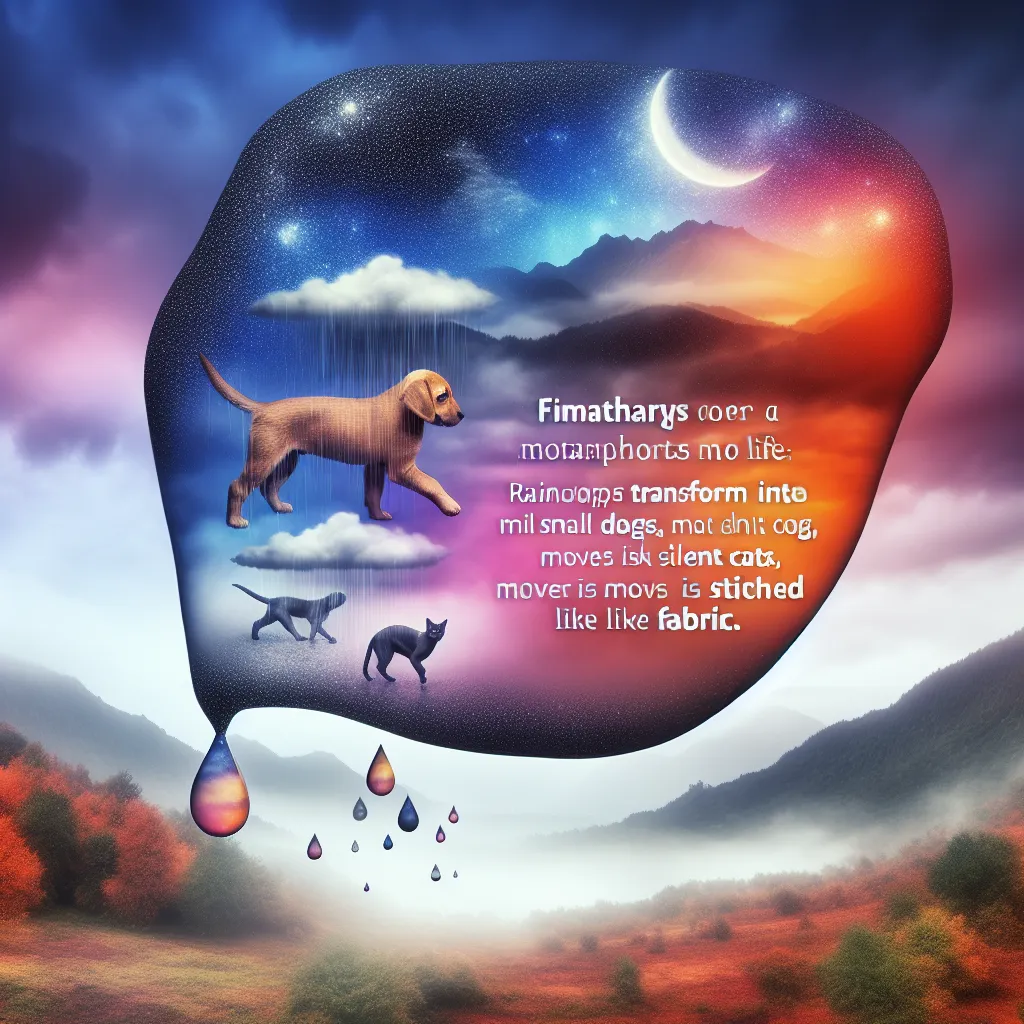In 1816, René Laennec, a 35-year-old doctor, was strolling through Paris when something caught his eye. He noticed two children playing with a piece of wooden board. One child held the board to her ear while the other scratched the opposite end. The sound traveled clearly down the wood, amplifying it.
Laennec was soon called to examine a young woman with a heart condition. The patient’s well-developed physique made him uncomfortable with the idea of pressing his ear directly against her chest. Suddenly, he remembered the children and their wooden board. In a moment of inspiration, he tightly rolled a sheet of paper, placing one end to his ear and the other over the woman’s chest. The sound was astonishingly clear.
For the next three years, Laennec experimented with various materials and designs. Eventually, he created a hollow wooden tube with a detachable plug. This device was the precursor to the modern stethoscope made of metal, plastic, and rubber, which we still use today.






